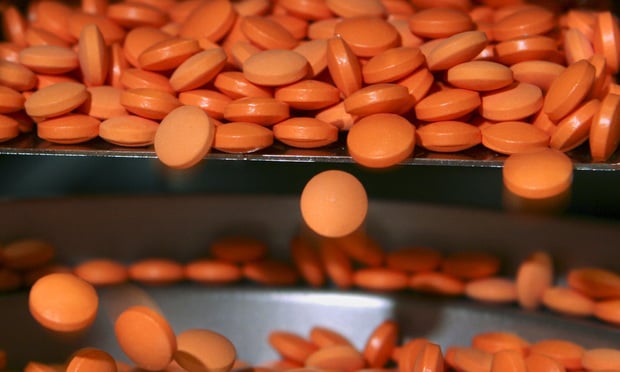
Although cancer screening saves lives, it comes at a high cost. Americans spend at least $43 billion each year on tests that check for five major cancers, according to a new study published in the Annals of Internal Medicine.
Researchers focused on screenings for breast, cervical, colon, lung and prostate cancers, using data from 2021. Dr. Michael Halpern of the National Cancer Institute's health care delivery research program and lead author of the study told the New York Times that his team was surprised by the high cost.
Recommended For You
The study also found that the $43.2 billion total was less than the reported cost of cancer treatment within the first 12 months after diagnosis, an indication of the cost-effectiveness of early screening. Karen Knudsen, CEO of the American Cancer Society, believes the results justify the cost.
"We are talking about people's lives," she said. "Early detection allows a better chance of survival. Full stop. It's the right thing to do for individuals. We screen for cancer because it works. The cost is small compared to the cost of being diagnosed with late-stage disease."
Other medical experts are not so sure.
"What are we actually getting of value for that amount of money?" asked Dr. Adewole Adamson, a dermatology researcher at the University of Texas who studies screening. "If it was actually doing something. I could say, 'yes, it is justified.' People have an outsized idea of what the benefits are."
Colonoscopies account for 55% of total screening costs. Dr. David Lieberman, a specialist in colon cancer screening at Oregon Health & Science University, said that although the cost of colonoscopies is high, the test can prevent cancer as well as detect it, because doctors can remove growths on the colon wall that can turn into cancers.
Even so, falling cancer rates can't be attributed to screening alone, said Dr. Gilbert Welch, a senior researcher in the Center for Surgery and Public Health at Brigham and Women's Hospital. Previous research by Welch showed that the death rate for colon cancer has declined for 40 years, falling by nearly 50% since the 1980s, even though fewer people are screened today. "I'm not saying there is no effect from screening, but it is so small that something else is going on," Welch said.
Regardless whether they believe the value of cancer screening justifies the cost, medical experts agree that the study will stimulate a worthwhile discussion.
"This study provides previously unavailable estimates for the annual medical care cost of cancer screening in the United States," the authors write. "Identification of these costs and the drivers for cancer screening costs are critical to help inform policy and develop programmatic priorities, particularly for enhancing access to recommended cancer screening services."
© Touchpoint Markets, All Rights Reserved. Request academic re-use from www.copyright.com. All other uses, submit a request to [email protected]. For more inforrmation visit Asset & Logo Licensing.







